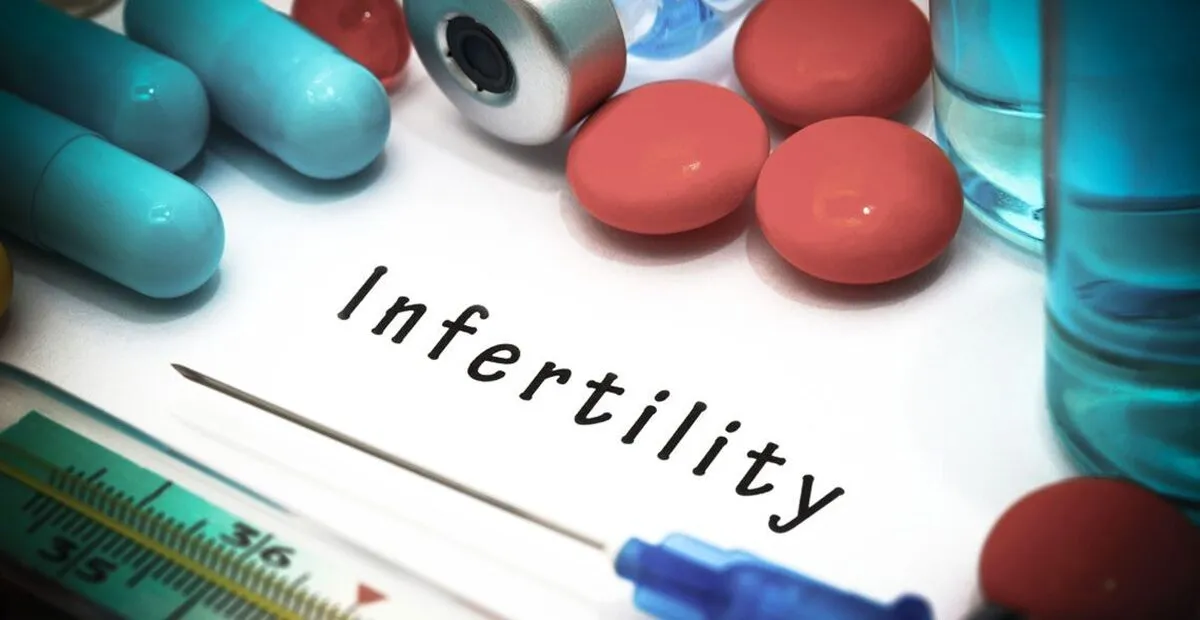Filling Data Gaps to Assess Role of Education in Fertility Decline

Decision makers need consistent and reliable data to evaluate the impact of women's education on fertility, particularly during periods of educational expansion and fertility transition (in other words, the decline of fertility from high levels), which is common in populations across the world today. This is especially important in developing countries where demographic issues are intricately connected to a range of other challenges, such as economic disparities, healthcare access, education gaps, environmental and climate change impacts, and political instability. However, getting hold of accurate and consistent data on fertility rates based on education and age is a challenge in many regions, the journal Demographic Research reported.
To help address the problem, Afua Durowaa-Boateng from the Vienna Institute of Demography (Austrian Academy of Sciences) together with IIASA researchers Anne Goujon and Dilek Yildiz, developed a modeling framework that can be used to reconstruct existing data to assess the role of education in fertility decline, providing historical evidence that can inform future population projections.
"Our reconstructed data can help facilitate the assessment of the role of education in fertility decline and make up for the lack of available time series data. Furthermore, the estimates and historical evidence that our model provides can be used to inform the future when they are used in population projections," Durowaa-Boateng explains.
The results affirm existing literature that women with a higher level of education tend to have lower fertility rates and also tend to have children at a later age. However, during an initial period, the fertility of educated women may be higher than that of women without education, as shown by the case of most countries in sub-Saharan Africa at the onset of the fertility decline in the 1980s. As education levels increase, the gap in fertility rates between individuals with different educational backgrounds increases, and then decreases as shown in the case of many Latin American countries which started their fertility transition in the 1970s and by 2020 show a reduced gap.
The study's findings suggest that as more women become educated and reduce fertility, those with lower education levels tend to follow suit within their communities. This research is valuable for policymakers and organizations in low-income countries, providing insights into the spillover effects of education on fertility behavior.
"While the findings of our analysis are key for policymaking, the main immediate users will probably be scholars who can use the consistent time series data in their own models. Our research also opens avenues for more applications to reconstruct imperfect and incomplete education specific demographic data on fertility in other world regions such as South Asia," says Yildiz.
"The fact that more researchers will be able to assess the role of education in fertility decline during the demographic transition, and the importance of changes in the age schedule in fertility depending on education, can be fed into population projections depending on different scenarios of education development as implemented at IIASA under the Shared Socioeconomic Pathways projections. The spillover effect of education on fertility behavior is important for policymakers and international organizations working in other low-income countries," adds Goujon, who is the IIASA Population and Just Societies Program Director.
The researchers hope that their data and model, which is freely available on an accompanying website that also presents the data graphically, will be used by scholars and policymakers to address demographic challenges around the world, and particularly in Africa. There are plans to expand the website with additional research on population in Africa in the near future.
4155/v





















